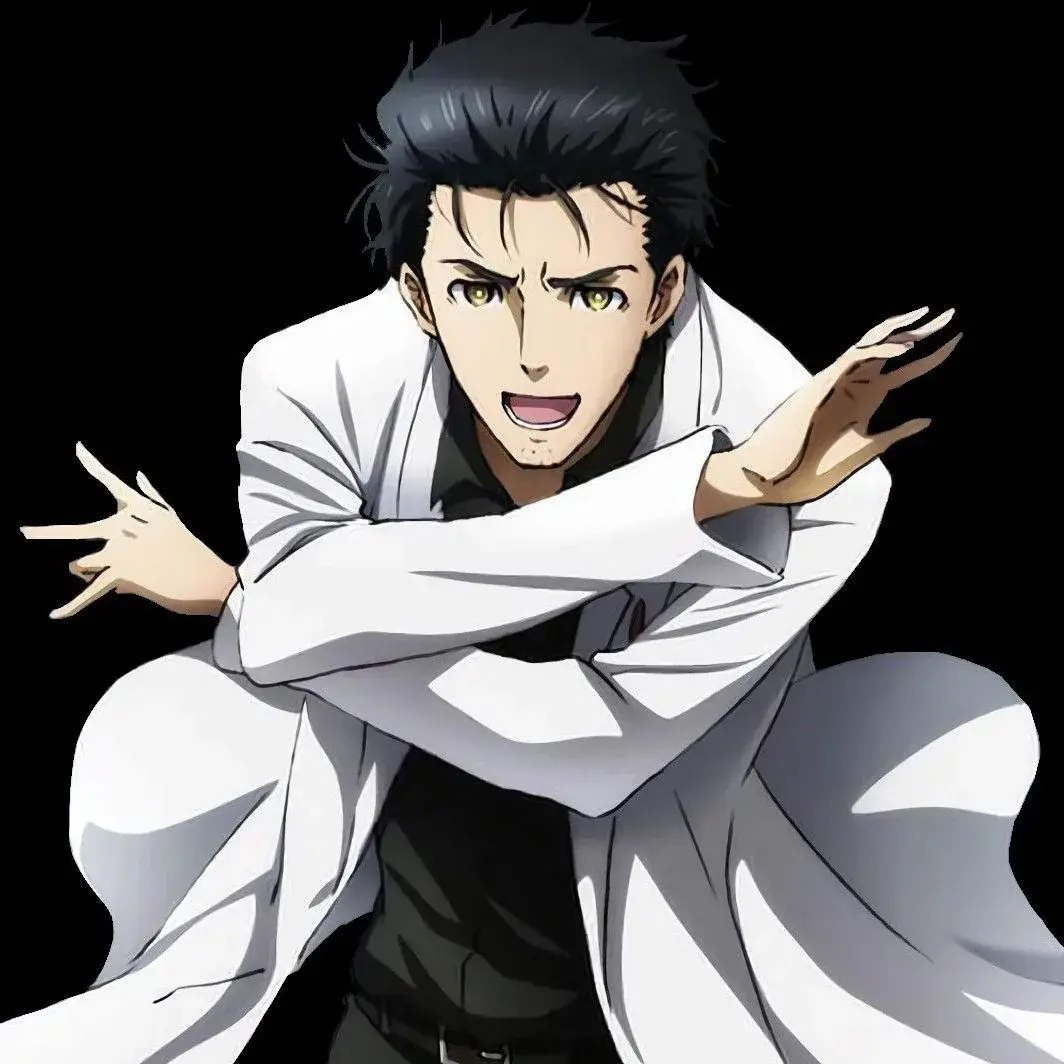I should point out that this clip only covers the beginning portion of this part of the movie. The full earthquake sequence and aftermath goes on for over 10 minutes including the fire that engulfs Tokyo afterward.
The 1923 earthquake was a natural disaster on the scale that is hard to comprehend in today’s world. Over 100,000 people perished in Tokyo as a result of the earthquake and resulting fires and Japan’s economic output dropped by 47%. The subject of this movie, Horikoshi Jiro, finds himself on a train as the earthquake strikes and has a fateful encounter in the aftermath.
This might not be my favorite Ghibli movie, but I sympathize with its portrayal of an ambitious engineer that just wants to push the technological limits and create an innovative design. My own father was an engineer and designed missiles for the military for years. However, when talking with him about work, he was only ever interested in the technical challenges and innovations rather than the moral issues that might arise from the end product, much like Jiro.


I considered it to be in the middle of the Ghibli canon but The Wind Rises has grown on me.
It has such a unique pacing (for a war-related movie especially) and there are so many animated scenes like this that are completely unique and could only be done with the slight exaggerated expression of animation, and with Miyazaki’s lifetime of experience and training.